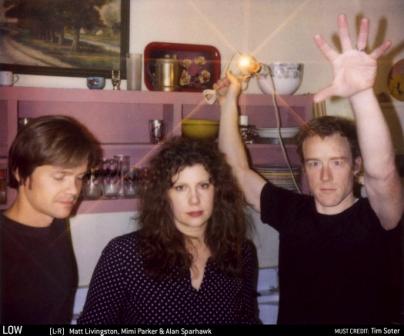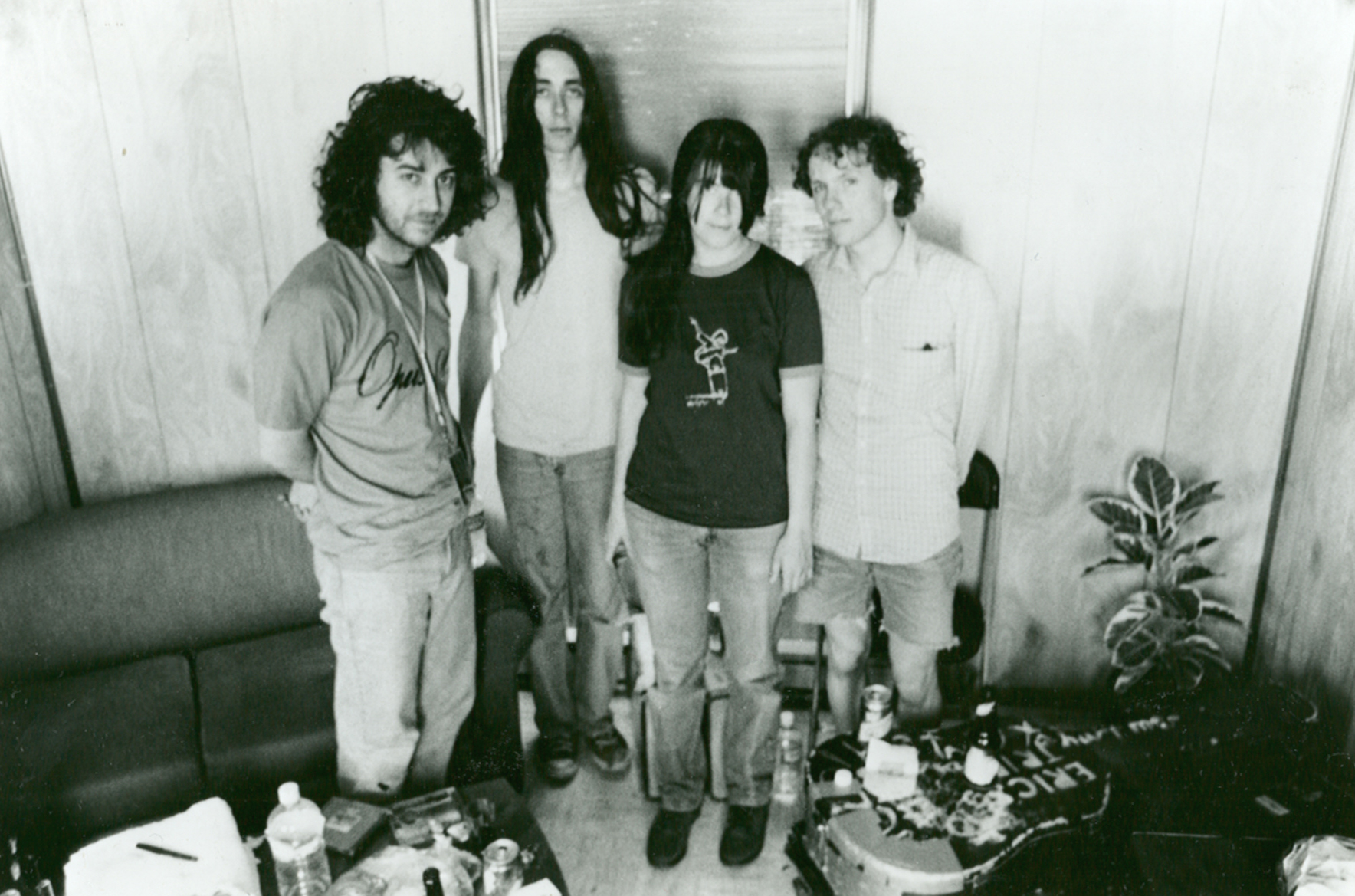What do ’60s Cambodian pop, Ethiopian percussive rhythms, West Coast surf guitar psych-outs, and Bollywood have in common? Besides L.A. band Dengue Fever, that is.
Vocalist Ch’hom Nimol’s lyrics, sung in her native Khmer, are the shining bow atop this musical package, which sounds like what would happen if the participants of an around-the-world chain tape actually met.
But the members of Dengue Fever actually discovered Phnom Penh pop star Nimol in Long Beach while auditioning other vocalists—a few of whom were scared off by the mere mention of her name. “She came in and was all done up like a Cambodian Janet Jackson. They knew it was intimidating, because she’s the shit,” says organist and founding member Ethan Holtzman.
Holtzman developed a fascination for Cambodian pop a few years ago, when he decided to ditch his apartment and car and explore Southeast Asia. “Cambodia was less traveled in ’98 than it is now, and was still sketchy. Out of all [the countries] that I visited, it had one of the stronger impacts, musically, culturally, and historically,” he says.
Like time capsules from the ’60s, the garage rock blaring from cassette tapes in Cambodian towns impressed Holtzman, and he snatched up all he could. “Seeing how they were influenced by American and British rock and roll, but twisting it in their own way—their interpretations were really interesting to us,” says Holtzman.
Holtzman, with brother and guitarist Zac, saxophonist David Ralicke, bassist Senon Williams, and drummer Paul Smith, formed Dengue Fever in 2001. The experienced musicians bring to their work a love of everything from classic American R&B to Ethiopian jazz, which Holtzman says parallels their primary Asian influence in feel and tone. The results on their second album (and first of completely original material), Escape From Dragon House, can be intoxicating. Those not used to listening to the high-register trill of Khmer may take a moment to get used to Nimol’s lyrical style, which to the English-speaking ear often becomes its own instrument. “One Thousand Tears of a Tarantula” sounds like the Doors and Can having a joint fever dream, and Nimol’s repetitive words shimmer above the psychedelia like an irresistible incantation, whether or not you can decipher its meaning.
“There’s some nice lyrics and good stories,” says Holtzman of the songs, which haven’t been transcribed in English yet. “I don’t need to hear the lyrics or understand them to like the music. A lot of the stuff that’s been coming out on Sublime Frequencies—I don’t know any of the words. It’s just the way it’s delivered, the feeling of their voice. I think there’s something that’s more powerful.”
He admits that while Nimol blew her competition away, it was tricky at first to get her on board. The group struck her as a classic rock cover band, and she was suspicious of their seemingly square motives until they wrote new material. She also didn’t speak a trace of English. These days, she’s part of the family and—after a brief stay in the slammer due to an expired visa—firmly established as a U.S. citizen. Last year, the band traveled to Cambodia to make a documentary, and has been touring as far as Moscow in the meantime.
At once nostalgic and thoroughly modern, Dengue Fever’s music is a thrilling example of the possibilities of cultural collaboration. Big ideas—small world.








